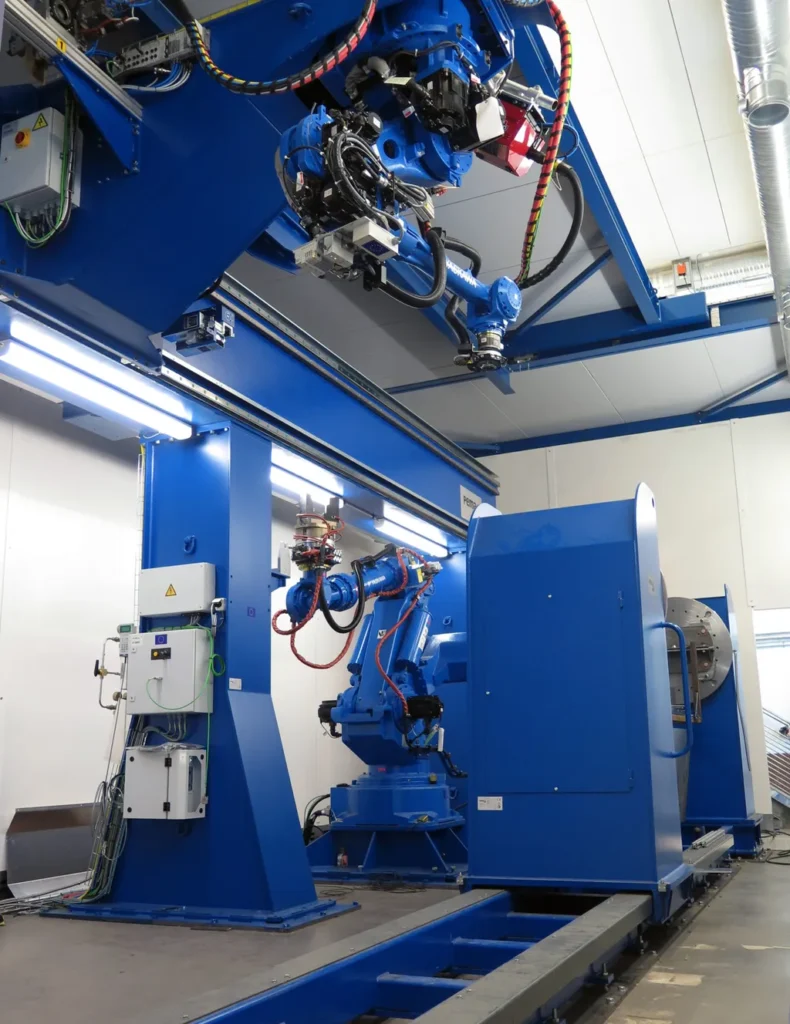In the quest for reliable energy solutions in remote and crisis-stricken areas, a groundbreaking study published in the journal *Keskkonna- ja Kliimatehnoloogia* (Environmental and Climate Technologies) offers a promising approach to designing lightweight, durable mobile power stations. Pellja Armand, a researcher from the Estonian University of Life Sciences, has delved into the intricate world of aluminum alloy welding, providing insights that could revolutionize the energy sector.
Armand’s research focuses on the design and optimization of welded structures for mobile power stations, a critical need in areas with inadequate or damaged electrical infrastructure. “The primary challenge,” Armand explains, “is to minimize the overall weight of the structure while ensuring robust structural integrity.” To achieve this, the study employs lightweight, heat-treated aluminum alloy profiles, particularly alloy 6082T6, which forms the structural framework for both the station and the solar panel mounting system.
The study highlights a crucial aspect of working with heat-treated aluminum alloys: the potential weakening of mechanical parameters due to changes in microstructure during welding. “Understanding the metallurgy of these alloys post-welding is vital to maintaining the performance of mobile power station constructions,” Armand emphasizes. By analyzing destructive testing results through a reverse engineering approach, the research provides valuable insights into the material’s mechanical parameters.
The implications of this research are far-reaching. By tailoring welding processes to minimize heat input, manufacturers can preserve the mechanical advantages of aluminum alloys, leading to lighter, more efficient structures. This innovation is not only beneficial for mobile power stations but also for industries focused on weight reduction and structural integrity, such as aerospace and marine sectors.
Armand’s findings underscore the importance of selecting appropriate manufacturing technologies and materials to achieve energy efficiency and innovative structural solutions. “Constructing renewable energy stations from superior lightweight materials offers significant energy and sustainability benefits, including reduced material usage, fuel efficiency, and carbon emissions,” Armand notes.
As the energy sector continues to evolve, this research paves the way for advancements in mobile renewable power stations, solar power, and structure welding. By leveraging the insights from Armand’s study, industries can develop more efficient, sustainable, and reliable energy solutions, shaping the future of energy production and distribution.

